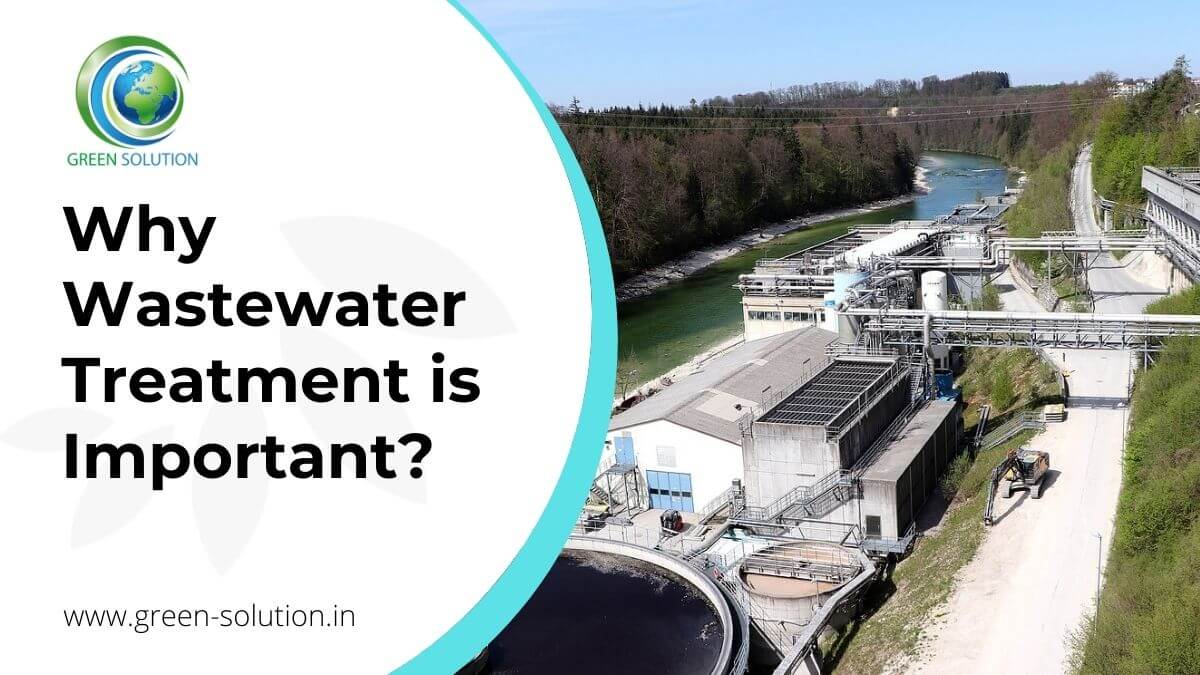What Does Reclaim Waste Do?
What Does Reclaim Waste Do?
Blog Article
The 6-Minute Rule for Reclaim Waste
Table of ContentsThe 25-Second Trick For Reclaim WasteTop Guidelines Of Reclaim WasteThe Best Guide To Reclaim Waste8 Simple Techniques For Reclaim WasteTop Guidelines Of Reclaim Waste
Domestic sewage waste refers to the waste and items from a property septic storage tank. The proper administration and disposal of domestic sewage waste require fluid waste to be moved to a sewer treatment plant where the appropriate methods and devices are applied to detoxify and dispose of waste.
Commercial waste typically includes possible risks, such as flammable products or a mixture of fluid and solid waste products, and requires an advanced and in-depth disposal procedure. The disposal of business waste typically includes the purification of waste before transportation to make sure safe and correct disposal. Industrial waste is created from byproducts and drainage of commercial processes and production.
This kind of waste can not utilize the exact same sewer administration transport or processes as septic or commercial fluids. The hazardous waste administration procedure calls for the inspection and testing of fluid waste before it undertakes the disposal procedure (liquid waste removal). Runoff waste is the fluid waste that comes from overflow and excess stormwater in highly inhabited locations or cities
Runoff waste can trigger contamination and flooding otherwise taken care of correctly. Learn much more about sewer cleaning and waste monitoring. Making certain correct waste administration can prevent disasters and decrease environmental harm. Both people in domestic setups and specialists in commercial or manufacturing markets can take advantage of comprehending the processes and guidelines of liquid waste management.
Reclaim Waste Fundamentals Explained
Contact PROS Solutions today to learn more about our waste management and disposal services and the correct ways to care for the liquid waste you generate.
(https://trello.com/w/reclaimwaste1/)Do you understand what happens to your water when you pull the plug, purge the bathroom or drain the washing device? No? Well, it deserves understanding. This so-called 'wastewater' is not just an essential source yet, after therapy, will be released to our land, rivers or the sea. Utilized water from commodes, showers, bathrooms, kitchen sinks, washings and commercial processes is referred to as wastewater.

water made use of to cool down machinery or tidy plant and tools). Stormwater, click to read a kind of wastewater, is drainage that streams from farming and metropolitan locations such as roofing systems, parks, yards, roads, paths and gutters right into stormwater drains, after rain. Stormwater flows neglected directly to regional creeks or rivers, ultimately reaching the sea.
Examine This Report on Reclaim Waste
In Queensland, most wastewater is treated at sewage treatment plants. Wastewater is delivered from residential or commercial sites through a system of sewers and pump terminals, known as sewerage reticulation, to a sewer therapy plant.
The Division of Natural Resources suggests city governments about handling, operating and maintaining sewage systems and therapy plants. In unsewered areas, neighborhood governments may call for homeowners to install private or household sewage treatment systems to treat residential wastewater from bathrooms, cooking areas, shower rooms and washings. The Department of Natural Resources authorizes making use of family systems when they are shown to be efficient.
In some brand-new class, treatment of some stormwater to eliminate litter, sand and gravel has begun utilizing gross contaminant traps. Wastewater treatment takes place in 4 phases: Removes strong matter.
Wastewater after that flows into big tanks where solids work out and are eliminated as sludge. Oil and residue are skimmed from the surface area. Makes use of tiny living microorganisms knows as micro-organisms to damage down and get rid of continuing to be liquified wastes and fine fragments. Micro-organisms and wastes are included in the sludge. Gets rid of nitrogen and phosphorus nutrients that could create algal flowers in our rivers and intimidate aquatic life.
Getting My Reclaim Waste To Work
Nutrient removal is not offered whatsoever sewage therapy plants because it requires pricey specialised equipment. It is becoming more common in Queensland. Clear fluid effluent generated after therapy may still include disease-causing micro-organisms. If this effluent is launched into waterways such as rivers or the sea, the micro-organisms will ultimately die out.

The majority of wastewater moves right into the sewage system. Under the Act, local governments administer approvals and permits for ecologically relevant tasks (Periods) entailing wastewater releases that might have a neighborhood effect.
Some Known Details About Reclaim Waste
Otherwise, samples are considered lab analysis. Typically numerous examinations are needed to establish the degrees of each of the various pollutants such as oils, hefty metals and chemicals in water. Tracking gives valid details concerning water quality and can confirm that permit conditions are being met. The details gotten via surveillance gives the basis for making water top quality decisions.
Report this page